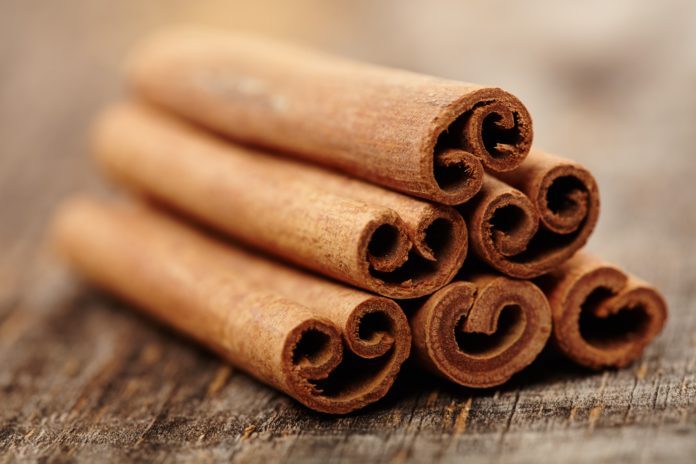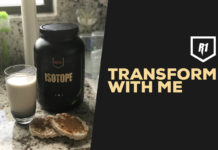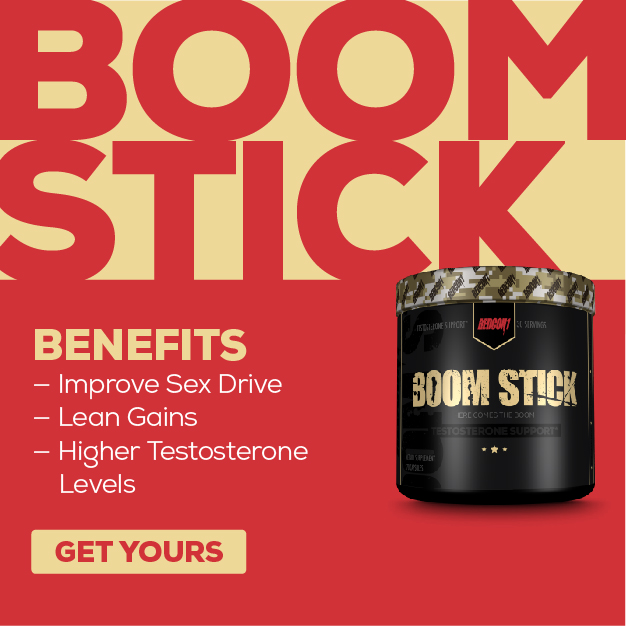
In vitro studies had indicated dose-dependent inhibitory activity of cinnamon extract against yeast α-glucosidase with the IC 50 value of 5.83 μg/ml and mammalian α-glucosidase with IC 50 value of 670 μg/ml. Enzyme kinetics data fit to LB plot pointed out competitive mode of inhibition and the membrane dialysis experiment revealed reversible nature of inhibition. In vivo animal experiments are indicative of ameliorated postprandial hyperglycemia as the oral intake of the cinnamon extract (300 mg/kg body wt.) significantly dampened the postprandial hyperglycemia by 78.2% and 52.0% in maltose and sucrose loaded STZ induced diabetic rats respectively, compared to the control. On the other hand, in rats that received glucose and cinnamon extract, postprandial hyperglycemia was not effectively suppressed, which indicates that the observed postprandial glycemic amelioration is majorly due to α-glucosidase inhibition. The current study demonstrates one of the mechanisms in which cinnamon bark extract effectively inhibits α-glucosidase leading to suppression of postprandial hyperglycemia in STZ induced diabetic rats loaded with maltose, sucrose. This bark extract shows competitive, reversible inhibition on α-glucosidase enzyme. Cinnamon extract could be used as a potential nutraceutical agent for treating postprandial hyperglycemia. In future, specific inhibitor has to be isolated from the crude extract, characterized and therapeutically exploited.
As we are looking at some of the inhibitory aspects of cinammon, Adisakwattana and colleagues had a fairly interesting paper on the inhibitory activity of cinnamon bark species and their combination effect with acarbose against intestinal α-glucosidase and pancreatic α-amylase. They state within the abstract “Inhibition of α-glucosidase and pancreatic α-amylase is one of the therapeutic approaches for delaying carbohydrate digestion, resulting in reduced postprandial glucose. The aim of this study was to evaluate the phytochemical analysis and the inhibitory effect of various cinnamon bark species against intestinal α-glucosidase and pancreatic α-amylase. The results showed that the content of total phenolic, flavonoid, and condensed tannin ranged from 0.17 to 0.21 g gallic acid equivalent/g extract, from 48.85 to 65.52 mg quercetin equivalent/g extract, and from 0.12 to 0.15 g catechin equivalent/g extract, respectively. The HPLC fingerprints of each cinnamon species were established. Among cinnamon species, Thai cinnamon extract was the most potent inhibitor against the intestinal maltase with the IC(50) values of 0.58 ± 0.01 mg/ml. The findings also showed that Ceylon cinnamon was the most effective intestinal sucrase and pancreatic α-amylase inhibitor with the IC(50) values of 0.42 ± 0.02 and 1.23 ± 0.02 mg/ml, respectively. In addition, cinnamon extracts produced additive inhibition against intestinal α-glucosidase and pancreatic α-amylase when combined with acarbose. These results suggest that cinnamon bark extracts may be potentially useful for the control of postprandial glucose in diabetic patients through inhibition of intestinal α-glucosidase and pancreatic α-amylase” (3.) Even further more is the regulation of PTP-1 and insulin receptor kinase by fractions from cinammon. Bioactive compound(s) extracted from cinnamon potentiate insulin activity, as measured by glucose oxidation in the rat epididymal fat cell assay. Wortmannin, a potent PI 3′-kinase inhibitor, decreases the biological response to insulin and bioactive compound(s) from cinnamon similarly, indicating that cinnamon is affecting an element(s) upstream of PI 3′-kinase. Enzyme studies done in vitro show that the bioactive compound(s) can stimulate autophosphorylation of a truncated form of the insulin receptor and can inhibit PTP-1, a rat homolog of a tyrosine phosphatase (PTP-1B) that inactivates the insulin receptor. No inhibition was found with alkaline phosphate or calcineurin suggesting that the active material is not a general phosphatase inhibitor. It is suggested, then, that a cinnamon compound(s), like insulin, affects protein phosphorylation-dephosphorylation reactions in the intact adipocyte. Bioactive cinnamon compounds may find further use in studies of insulin resistance in adult-onset diabetes (4.)
Read Part III: HERE
References
- Relative bioavailability of coumarin from cinnamon and cinnamon-containing foods compared to isolated coumarin: a four-way crossover study in human volunteers. Klaus Abraham, Michael Pfister, Friederike Wöhrlin, Alfonso Lampen. Mol Nutr Food Res. 2011 (https://www.ncbi.nlm.nih.gov/pubmed/21462332)
- Cinnamon extract inhibits α-glucosidase activity and dampens postprandial glucose excursion in diabetic rats. H Mohamed Sham Shihabudeen, D Hansi Priscilla, Kavitha Thirumurugan. Nutr Metab (Lond) 2011; 8: 46. Published online 2011 (https://www.ncbi.nlm.nih.gov/pubmed/21711570)
- Inhibitory activity of cinnamon bark species and their combination effect with acarbose against intestinal α-glucosidase and pancreatic α-amylase. Sirichai Adisakwattana, Orathai Lerdsuwankij, Ubonwan Poputtachai, Aukkrapon Minipun, Chaturong Suparpprom. Plant Foods Hum Nutr. 2011 (https://www.ncbi.nlm.nih.gov/pubmed/21538147)
- Regulation of PTP-1 and insulin receptor kinase by fractions from cinnamon: implications for cinnamon regulation of insulin signalling. J. Imparl-Radosevich, S. Deas, M. M. Polansky, D. A. Baedke, T. S. Ingebritsen, R. A. Anderson, D. J. Graves. Horm Res. 1998 (https://www.ncbi.nlm.nih.gov/pubmed/9762007)
- The potential of cinnamon to reduce blood glucose levels in patients with type 2 diabetes and insulin resistance. S. Kirkham, R. Akilen, S. Sharma, A. Tsiami. Diabetes Obes Metab. 2009 (https://www.ncbi.nlm.nih.gov/pubmed/19930003)
- Cinnamon improves glucose and lipids of people with type 2 diabetes. Alam Khan, Mahpara Safdar, Mohammad Muzaffar Ali Khan, Khan Nawaz Khattak, Richard A. Anderson. Diabetes Care. 2003 (https://www.ncbi.nlm.nih.gov/pubmed/14633804)
- Effects of a cinnamon extract on plasma glucose, HbA, and serum lipids in diabetes mellitus type 2. B. Mang, M. Wolters, B. Schmitt, K. Kelb, R. Lichtinghagen, D. O. Stichtenoth, A. Hahn. Eur J Clin Invest. 2006 (https://www.ncbi.nlm.nih.gov/pubmed/16634838)
- Cinnamon and health. Joerg Gruenwald, Janine Freder, Nicole Armbruester. Crit Rev Food Sci Nutr. 2010 (https://www.ncbi.nlm.nih.gov/pubmed/20924865)
- Cinnamon Use in Type 2 Diabetes: An Updated Systematic Review and Meta-Analysis. Allen, R. W., Schwartzman, E., Baker, W. L., Coleman, C. I., & Phung, O. J. (2013). Annals of Family Medicine. (https://www.ncbi.nlm.nih.gov/pmc/articles/PMC3767714/)
- Cinnamon extract lowers glucose, insulin and cholesterol in people with elevated serum glucose. Anderson, R. A., Zhan, Z., Luo, R., Guo, X., Guo, Q., Zhou, J. Stoecker, B. J. (2016). Journal of Traditional and Complementary Medicine (https://www.ncbi.nlm.nih.gov/pmc/articles/PMC5067830/)


















